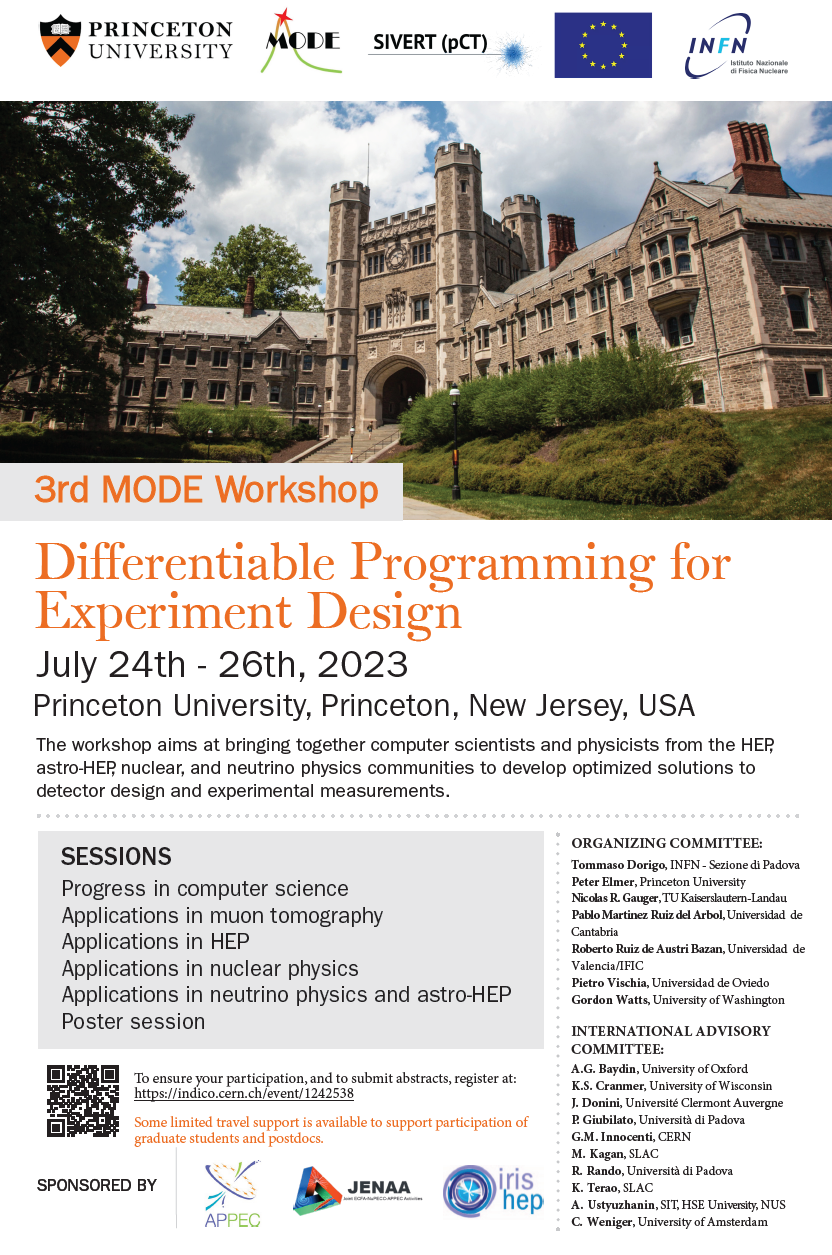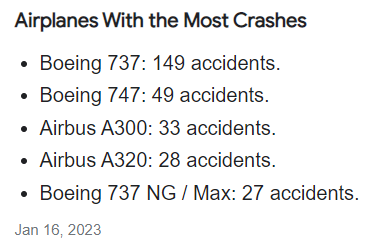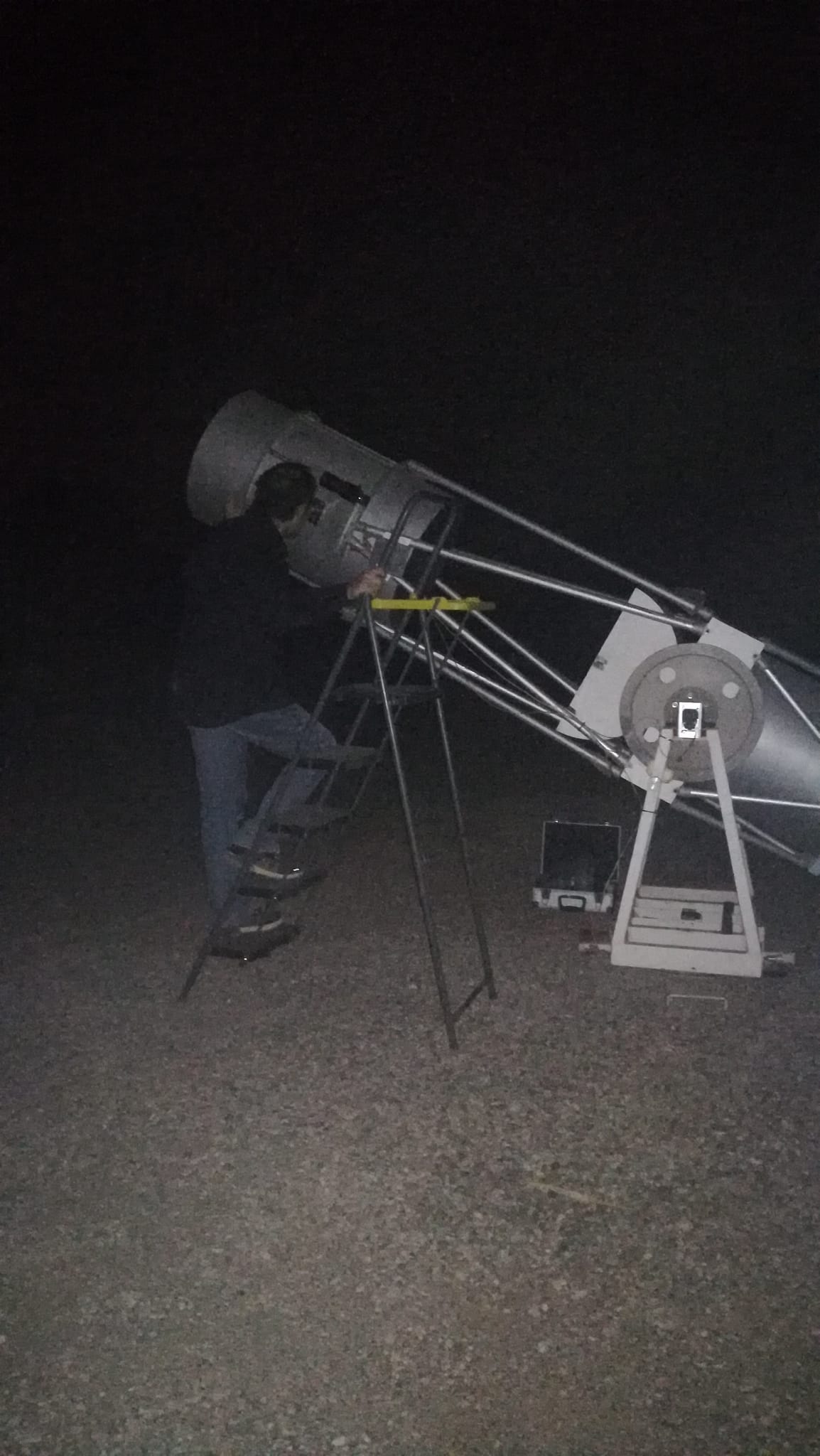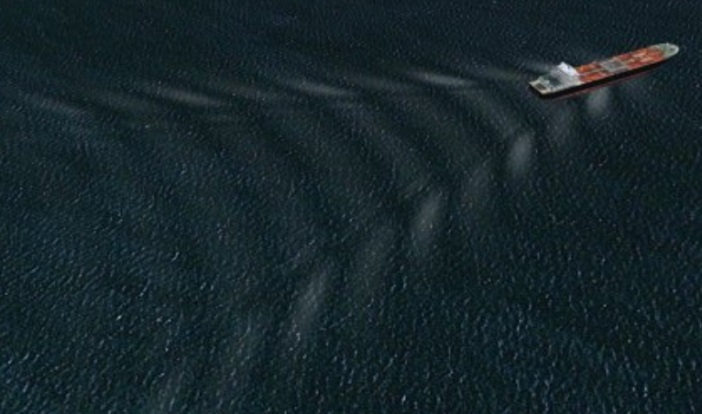 A Cool Rare Decay
A Cool Rare DecayBy and large, particle physicists confronted with the need to awe and enthuse an audience of laypersons...
 Move Over - The Talk I Will Not Give
Move Over - The Talk I Will Not GiveLast week I was in Amsterdam, where I attended the first European AI for Fundamental Physics...
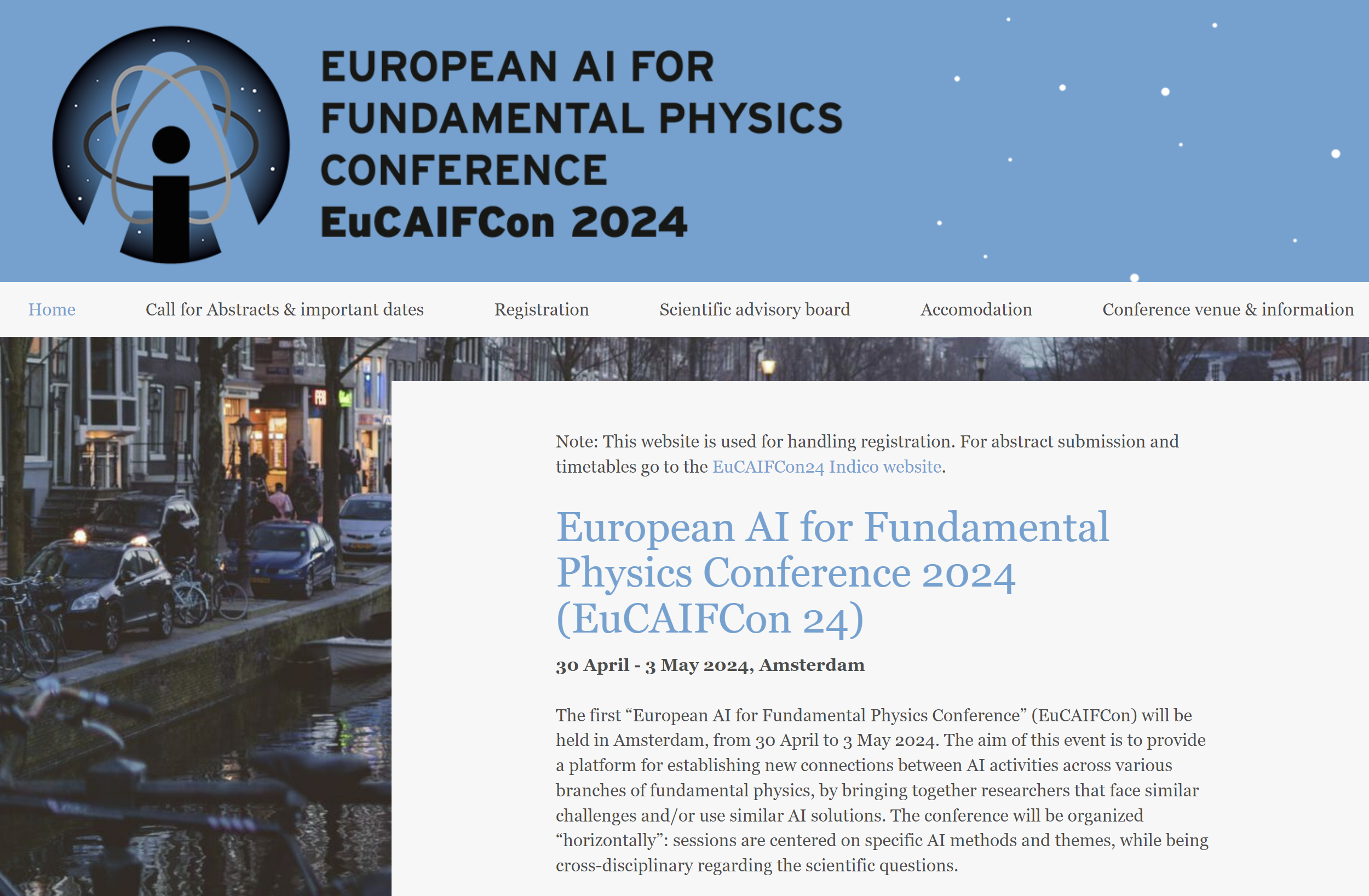 Shaping The Future Of AI For Fundamental Physics
Shaping The Future Of AI For Fundamental PhysicsFrom April 30 to May 3 more than 300 researchers in fundamental physics will gather in Amsterdam...
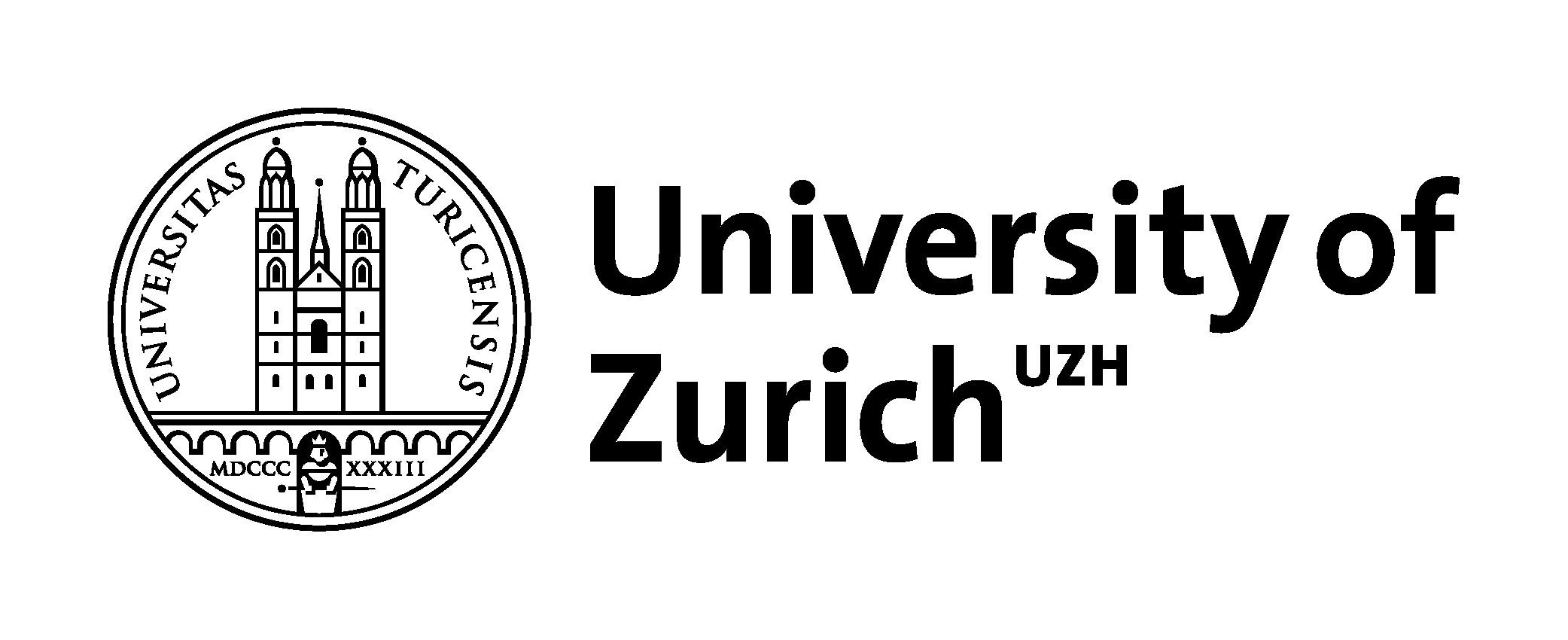 On Rating Universities
On Rating UniversitiesIn a world where we live hostages of advertisement, where our email addresses and phone numbers...



